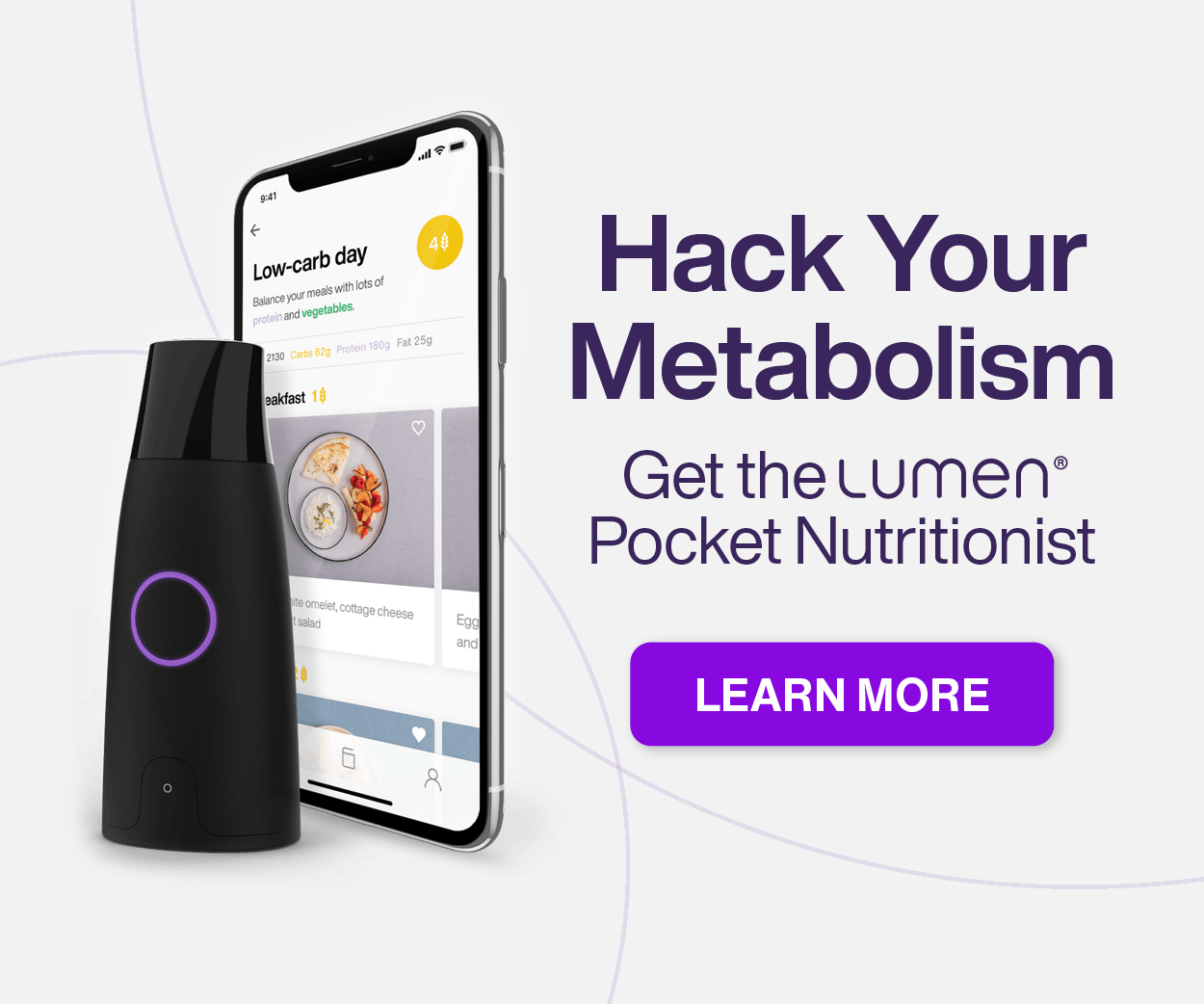By: Dr. Erik Bakker, ND
 Have You Fallen Prey to These Common Yeast Infection Myths?
Have You Fallen Prey to These Common Yeast Infection Myths?
Just the mention of a yeast infection leaves most women cringing. What many don’t realize, however, is that the Candida albicans organism, a yeast organism that lives naturally within the body, exists in men, women, and children. It’s usually quite tame, kept in balance by the good bacteria in your body, but when things become unbalanced, infections occur – and women aren’t the only ones who suffer.
Myth #1: Only Women Get Yeast Infections
It’s surprising how many medical doctors actually still believe this one, because some people believe that the only “true” yeast infections are in fact vaginal yeast infections. Nothing could be further from the truth. It’s true that the female vaginal yeast infection is very common, but there are other types of yeast infections that occur regularly as well. Oral thrush, athlete’s foot, ringworm, jock itch, and other fungal skin irritations are all caused by a Candida overgrowth. Just about anyone can develop a yeast infection of some form at some point in his life.
Myth #2: My Doctor Will Diagnose My Candida Yeast Infection.
This isn’t actually true. While many doctors are familiar with the acute conditions I just mentioned, they don’t really understand how chronic Candida can impact the body. If you have frequent exposure to antibiotics, take hormonal birth control or hormone replacement therapy, eat a high carbohydrate diet, drink alcohol regularly, or have a lot of stress in your life and a compromised adrenal function, you may be fueling the yeast organism in your body. When this happens, you may experience recurring infections (like those above), or you may end up with other symptoms as your body succumbs to the overgrowth.
If your doctor recognizes your acute symptoms, you’ll likely receive a short-term treatment and your infection will probably come back – likely stronger than before. If your doctor misdiagnoses you, you’ll likely receive an antibiotic or other medication that does nothing but make your condition only worse.
What conditions are you likely to be misdiagnosed with? The list is comprehensive but includes irritable bowel syndrome (IBS), anxiety, depression, chronic fatigue, urinary tract infections, many different kinds of skin infections (much more common than you think), psoriasis (which I believe is mainly driven by yeast infection and bad bacteria), heart palpitations, and a laundry list of other symptoms. As you can see, many of these conditions will potentially be treated with antibiotics by your doctor, if they’re actually caused by a bacterial infection, that is. Others may be treated with antidepressants or a host of other drugs. Yet the underlying yeast infection remains, and continues unabated.
Myth #3: Antibiotics Cure Infections
Antibiotics cure bacterial infections. That’s it, a sad but unfortunately true myth. One of the biggest problems with medicine today is the misconception that antibiotics are a cure-all for any condition. Doctors know this, but they’re also unfortunately faced with many patients who believe that antibiotics will “cure” them of any ailment, whether it’s the common cold or some other type of virus, or even a fungal infection. The truth, in the case of yeast, is that antibiotics can actually cause yeast infections. Antibiotics, when attacking the bad bacteria in your body, can’t discriminate between the healthy and beneficial bacteria and the damaging bacteria. This means they attack all of the bacteria, leaving you with very little good digestive flora to stop the overgrowth of Candida. This is why many women get vaginal yeast infections right after taking antibiotics. And it also means that those who take these kinds of drugs regularly need to rely on them increasingly, as their resistance becomes gradually weaker. Yeasts are clever little organisms, and just like bacteria, they become increasingly resistant to the effects of antifungal and antibiotic drugs over time, making them increasingly stronger. Those who take antibiotics frequently never fully recover from Candida and, as time passes, the overgrowth of Candida eventually spreads throughout the body. The digestive system becomes increasingly weaker as the beneficial bacteria become increasingly scarce, and fungi and unfriendly bacteria begin to proliferate in increasing numbers causing gas, bloating and general digestive unwellness.
This mechanism also allows the small intestine to become increasingly permeable, a condition I have written about extensively called “leaky gut syndrome”. This condition will set you up for developing food allergies, irritable bowel syndrome, constipation, diarrhea, and potentially a host of other conditions which some may even pass off as “gluten intolerance”, a term heard all too often these days. And it all began with the indiscriminate taking of antibiotics. My advice is for you to think twice before taking recurring antibiotics; I would not like you to potentially contemplate years of “undiagnosable” bowel dysfunction, because in most instances antibiotics are not necessary for self-limiting infections.
Myth #4: Candida Infections Don’t Count as STDs
Theoretically, a Candida yeast infection is not a true STD. It’s not categorized that way by mainstream medicine, anyway. The problem is that yeast can be transmitted from partner to partner during intimate contact, oral or otherwise. If one partner has a yeast infection, both should be treated to avoid passing it back and forth. You will also want to observe good hygiene and use precautions when necessary.
Myth #5: Douching Will Wash The Yeast Away
No, it will not! Douching is almost never recommended for any condition, and in the case of a vaginal yeast infection, douching in some instances can actually make things worse. Some women believe that a vinegar douche will kill yeast, but the truth is that Candida can grow in both acidic and alkaline environments. All you’ll do is successfully upset the natural balance of flora in your vaginal area. You may even make your condition worse by washing bacteria into your genital areas and into our urinary tact if you douche the wrong way. I recommend a three-stage approach for acute vaginal yeast infections, and a combination of a three-stage approach and a two-step approach for chronic vaginal yeast infections. Douching can be beneficial, but needs to be carefully considered as part of a treatment program which comprises local as well as systemic treatment.
Myth #6: Antifungal Medications Will Cure My Yeast Infection
This is partially true. If you have an acute vaginal infection, athlete’s foot, or some other variety, then an over the counter medication may likely clear things up within a few days. But will it really “clear things up” or just suppress the symptoms? My concerns with continual symptom suppression is that you may ending up driving the symptoms further into the body, and there is certainly sufficient evidence linking vaginal yeast infections with endometriosis (1).
If you have a chronic infection impacting your entire body (or recurring infections), you may need more than antifungals. Most Candida diet plans recommend a clean diet free of any type of food that will feed the yeast organism in your body. This means cutting out processed foods, carbohydrates, and a list of other items. You’ll eat healthy foods while taking antifungals, probiotics, and some supplements to boost your immune system and restore digestive function. You’ll be interested in specialized foods to help balance the digestive system, foods like garlic and oregano. Curing chronic or systemic Candida takes quite a bit of time, up to three to six months or even longer in some chronic cases, and is something you’ll need to take very seriously. The good news is that once you’re finished, you’ll probably never want to go back to an unhealthy eating lifestyle again. You can read more about proper candida diet here.
Myth #7: Yeast Infections Are Not Life Threatening
Let’s get serious for a moment. At their core, yeast infections like the ones we’ve talked about here are not life threatening. Those acute vaginal infections and cases of athlete’s foot are downright irritating. Chronic Candida, or candidiasis, can make you feel awful. When caught and treated, your life is not threatened. The most dangerous form of Candida is Candidemia, which occurs when the fungal yeast organism enters your bloodstream. This is incredibly rare and most often occurs in those with severely compromised immune systems – like people who have undergone chemotherapy for cancer, those who have HIV/AIDS, or those who have medical ports and serious medical conditions. These cases are few and far between.
The Candida yeast organism can live quietly in your body without notice. Just make sure you take quick action if it rears its ugly head. The faster a yeast infection – of any kind – is diagnosed, the easier it will be to treat.
1. Lamb K, Nichols TR (1986). Endometriosis: A comparison of associated disease histories. Am. J. Prev. Med. 2:324-329
About the Author: Dr. Eric Bakker, ND has spent the past 20+ years of his career studying the Candida yeast organism. Please visit him at yeastinfection.org to learn more about how yeast can impact your health and what to do about it.
Like this:
Like Loading...
 My early 20’s were characterized by a few things: opera, boys, NYC, and digestive issues. Though the origins of my digestive disorder were a medical mystery at the time, in retrospect, I can pretty confidently point the finger at the overuse of antibiotics (due to recurrent UTI’s thanks to.. boys) that completely wiped out my intestinal flora. My symptoms ranged from stomach aches, sudden extreme weight gain, and food cravings to depressed mood, fatigue, and headaches. I was miserable, and my doctor’s could do nothing to help me.
My early 20’s were characterized by a few things: opera, boys, NYC, and digestive issues. Though the origins of my digestive disorder were a medical mystery at the time, in retrospect, I can pretty confidently point the finger at the overuse of antibiotics (due to recurrent UTI’s thanks to.. boys) that completely wiped out my intestinal flora. My symptoms ranged from stomach aches, sudden extreme weight gain, and food cravings to depressed mood, fatigue, and headaches. I was miserable, and my doctor’s could do nothing to help me.














